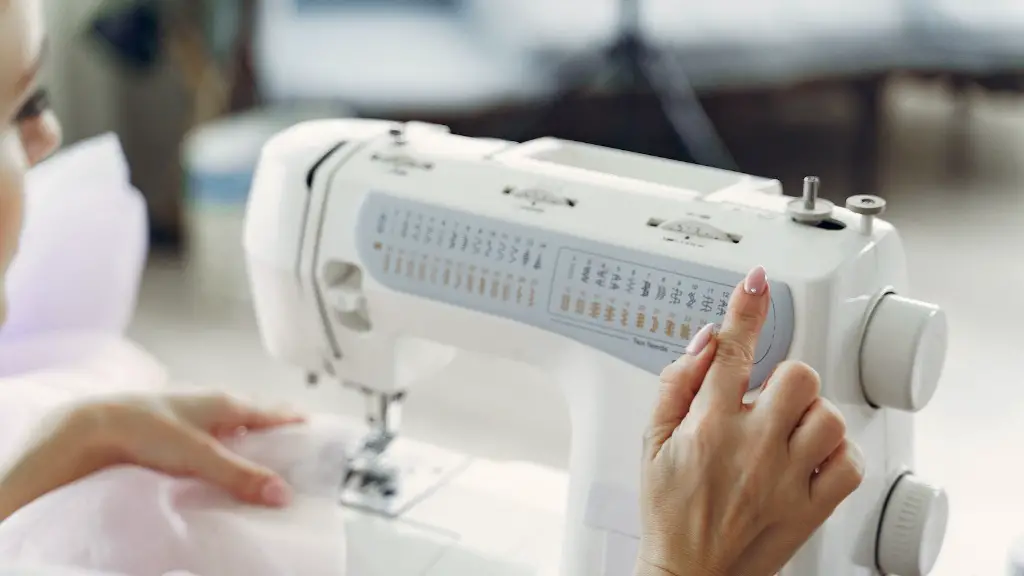Introduction
Tension on a sewing machine can be a real problem. It can cause your fabric to be too loose or too tight, making it difficult to sew on the desired design. It’s important to understand the basics of tension on a sewing machine and learn how to adjust it properly, to ensure perfect stitches every time. This article is a comprehensive guide on how to fix tension on a sewing machine, and makestitching easier.
Importance Of Tension
Before learning how to adjust the tension on a sewing machine, it’s important to understand why tension is important. The primary purpose of sewing machine tension is to create an even, balanced stitch. The threads should appear the same on both sides of the fabric, with little to no slack or loose threads. Without proper tension you can get puckering, skipped stitches, or thread breakage. All these problems can make sewing difficult and frustrating.
How To Adjust Tension
Adjusting the tension on a sewing machine isn’t as difficult as it seems. In order to adjust the tension, you need to first turn the knob on the side of the machine to loosen or tighten the tension. Then, you can begin sewing on a scrap piece of fabric to test if the tension is correct. If the top thread is pulling the bobbin thread to the surface, then the tension is too tight. If the stitches look loopy and the bobbin thread is visible on the front, then the tension is too loose.
Check Tension Balance
Once you have adjusted the tension, it is important to check the balance by sewing on a scrap piece of fabric and checking the back side for any slack thread. If there is any slack thread, then you need to adjust the tension again until both sides of the fabric look the same and there is no slack or excess thread.
Bobbins & Bobbin Case
It’s important to note that the tension on a sewing machine isn’t the only factor at play; the bobbin and bobbin case can also affect the tension of the thread. It’s important to make sure that the bobbin is wound with even pressure and the bobbin case is clean and free of any lint or debris. This ensures that the bobbin turns as it should when stitching, and helps with the tension of the thread.
Tips & Tricks
In addition to understanding the basics of tension on a sewing machine and knowing how to adjust it properly, there are some additional tips and tricks you can use if tension is still a problem. One trick is to use a spool net, which helps keep the thread from getting tangled and allows it to come out of the bobbin case more evenly. Another trick is to use thread wax to help prevent the thread from slipping.
Threads & Fabrics
It’s important to remember that not all threads and fabrics are the same. Different fabrics require different threads, and each thread will have its own tension requirements. Make sure you are choosing the correct tread and fabric, to ensure that tension is not an issue when stitching.
Maintenance
Having a well-maintained sewing machine is also important for fixing tension issues. Regularly clean and oil the machine to ensure it is in top condition and the tension is properly adjusted. Additionally, replace the needle and presser foot if they become worn or damaged, as this can also affect the tension.
Practice
Finally, the key to mastering tension on a sewing machine is practice. As with any skill, the more you practice, the better you will become at adjusting the tension and stitching with ease. Keep practicing and you’ll soon be able to sew with perfect stitches on any fabric.


